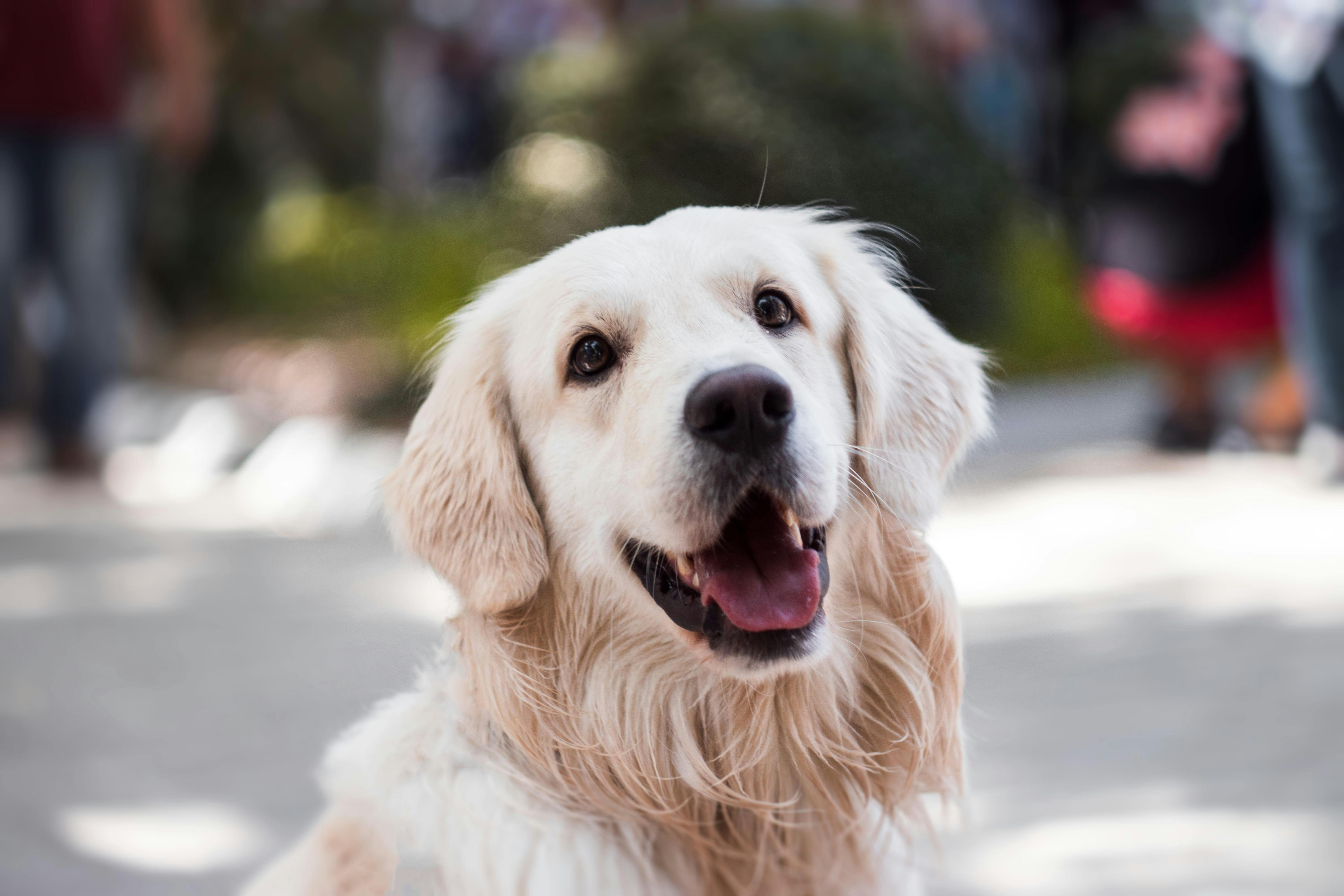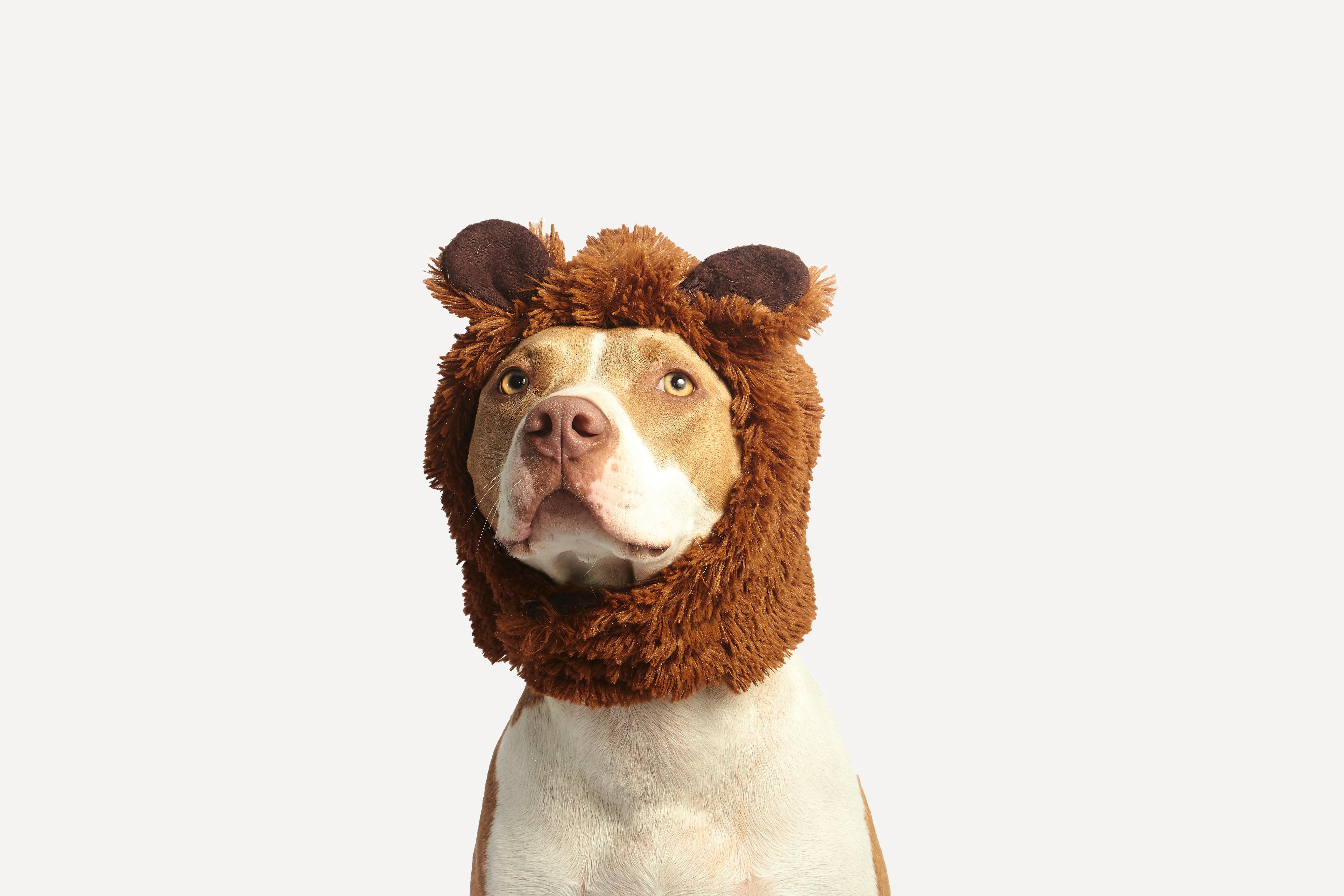Calming Overactive Dogs: Exercises and Techniques
Living with an overactive dog can be exhausting and overwhelming. Constant jumping, incessant barking, destructive behavior, and inability to settle create stress for both dogs and owners. Fortunately, effective hyperactive dog solutions exist to transform chaos into calm. Through appropriate overactive dog training, targeted high energy dog exercises, and proven techniques for calming anxious dogs, you can help your energetic companion find balance and peace. This comprehensive guide explores why dogs become hyperactive, provides evidence-based strategies for managing excess energy, and offers practical reactive dog training methods that create well-adjusted, calm dogs capable of enjoying quiet moments alongside active play.
Understanding Hyperactive Dogs
Before implementing hyperactive dog solutions, understanding the difference between normal high energy and true hyperactivity provides essential context.
Normal High Energy vs. Hyperactivity
Many dogs, especially young ones and certain breeds, naturally possess high energy levels. They require substantial exercise and mental stimulation but can settle when these needs are met. True hyperactivity involves inability to calm down despite adequate exercise, constant restlessness, impulsive behavior, and difficulty focusing on tasks.
Common Signs of Overactivity
- Constant movement: Inability to lie down and relax even after exercise
- Excessive barking or whining: Persistent vocalization without clear triggers
- Destructive behavior: Chewing, digging, or destroying items from excess energy
- Jumping and bouncing: Constant jumping on people, furniture, or during walks
- Poor impulse control: Inability to wait, listen, or focus on commands
- Sleep difficulties: Trouble settling at night or during designated rest times
- Hypervigilance: Constant alertness and overreaction to normal stimuli
Causes of Hyperactive Behavior
Insufficient exercise: Most overactivity stems from unmet physical exercise needs. Dogs bred for working require substantial daily activity.
Lack of mental stimulation: Bored dogs create their own entertainment through hyperactive behavior. Mental exercise can tire dogs as much as physical activity.
Breed characteristics: Border Collies, Australian Shepherds, Jack Russell Terriers, and other working breeds naturally possess higher energy levels requiring appropriate outlets.
Anxiety and stress: Some hyperactivity represents anxiety manifestation. Anxious dogs struggle to settle and display constant restlessness.
Medical issues: Hyperthyroidism, pain, or neurological conditions can create hyperactive symptoms. Sudden behavior changes warrant veterinary evaluation.
Poor training foundation: Dogs without structure, boundaries, or impulse control training often display hyperactive tendencies.

Understanding your dog's energy needs guides appropriate exercise and training strategies
High Energy Dog Exercises: Physical Outlets
Appropriate high energy dog exercises form the foundation of managing overactive dogs.
Daily Exercise Requirements
Exercise needs vary by breed, age, and individual dog, but general guidelines include:
- High-energy breeds: 60-120 minutes of vigorous exercise daily
- Medium-energy breeds: 30-60 minutes of moderate exercise daily
- Low-energy breeds: 20-30 minutes of gentle exercise daily
- Puppies: Five minutes per month of age, twice daily (3-month-old = 15 minutes, twice daily)
Effective Physical Activities
Running and jogging: For healthy adult dogs, running alongside bikes or with owners provides excellent cardiovascular exercise. Start gradually and build endurance.
Fetch and retrieval games: High-intensity fetch sessions tire dogs quickly. Use balls, frisbees, or retrieval toys. Practice "drop it" to prevent obsessive behavior.
Swimming: Low-impact, high-intensity exercise perfect for dogs with joint issues or high energy. Supervise carefully and ensure safety.
Hiking and trail walking: Variable terrain, new smells, and longer duration provide physical and mental stimulation. Excellent for bonding and energy expenditure.
Agility training: Navigate obstacle courses combining physical exercise with mental challenge. Many communities offer agility classes.
Tug-of-war: Structured tugging games provide intense physical workout. Teach release commands for impulse control.
Flirt pole exercises: Chase and pounce games using pole-mounted toys satisfy prey drive while providing cardio workout.
Exercise Timing and Distribution
Divide exercise throughout the day rather than one long session. Morning and evening exercise prevents all-day hyperactivity. Tire dogs before situations requiring calmness (visitors, quiet time, bedtime).
Mental Stimulation: Exercising the Mind
Mental exercise is often overlooked but crucial for calming anxious dogs and managing hyperactivity.
Training Sessions
Regular obedience training tires dogs mentally. Practice basic commands, teach tricks, or work on advanced skills. Keep sessions short (10-15 minutes) but frequent (2-3 times daily).
Puzzle Toys and Food Dispensers
Interactive toys requiring problem-solving provide mental challenges:
- Kong toys stuffed with frozen treats
- Puzzle feeders requiring manipulation to access food
- Snuffle mats hiding treats in fabric folds
- Ball dispensers releasing kibble during play
- Interactive puzzle boards with sliding compartments
Scent Work and Nose Games
Dogs' powerful noses provide excellent mental stimulation opportunities:
- Hide treats around house/yard for searching games
- Teach formal scent detection skills
- Practice "find it" with hidden toys or treats
- Introduce scent discrimination exercises
New Experiences and Environments
Novel experiences provide mental enrichment. Visit new parks, walking routes, pet-friendly stores, or outdoor cafes. Varied experiences prevent boredom and provide mental stimulation.

Mental stimulation through puzzle toys helps tire overactive dogs
Overactive Dog Training: Teaching Calmness
Effective overactive dog training teaches dogs to settle and relax on cue.
The "Settle" or "Place" Command
Teaching your dog to go to a specific spot and remain calm:
- Designate a mat, bed, or specific location as the "place"
- Lure your dog to the spot with treats
- Reward when they lie down on the place
- Gradually increase duration before rewarding
- Add the verbal cue "place" or "settle"
- Practice during various situations and distractions
- Reward calm behavior heavily
Impulse Control Exercises
Build self-control through structured exercises:
"Wait" command: Teach waiting at doors, before meals, and during play. Start with short durations and gradually extend.
"Leave it" training: Practice resisting temptation strengthens impulse control applicable to all situations.
Extended stays: Build duration in sit and down positions, gradually increasing time and adding distractions.
Delayed gratification: Increase time between command compliance and reward delivery.
Capturing Calm Behavior
Reward naturally calm moments generously. When your dog lies down quietly, settles during TV watching, or rests calmly, provide treats and praise. Dogs learn that calmness earns rewards just like activity.
Relaxation Protocol Training
Dr. Karen Overall's Relaxation Protocol teaches dogs to remain calm during increasing distractions:
- Start with dog on mat in down-stay
- Perform various movements around them
- Reward for maintaining calm position
- Gradually increase movement intensity and duration
- Practice daily for 15-20 minutes
Calming Anxious Dogs: Addressing Underlying Anxiety
When hyperactivity stems from anxiety, specific calming anxious dogs strategies help.
Environmental Management
Create calm environments:
- Provide quiet, safe retreat spaces
- Use white noise or calming music to mask trigger sounds
- Maintain predictable routines
- Minimize unnecessary stimulation
- Create designated rest areas
Calming Aids and Supplements
Various non-medication options help reduce anxiety:
- Thundershirts or anxiety wraps providing gentle pressure
- Pheromone diffusers (Adaptil) releasing calming compounds
- Calming supplements containing L-theanine, melatonin, or chamomile
- CBD products (consult veterinarian first)
- Calming music designed specifically for dogs
Massage and Touch Therapy
Gentle massage techniques promote relaxation:
- Long, slow strokes along the body
- Gentle circular motions on chest and shoulders
- Ear massage (stimulates calming pressure points)
- TTouch method using specific gentle touches
When to Consider Medication
For severe anxiety contributing to hyperactivity, veterinary behaviorists may prescribe anti-anxiety medications. Medication combined with behavior modification often yields best results for anxious dogs.
Reactive Dog Training: Managing Over-Excitement
Dogs displaying reactive behaviors—overreacting to stimuli—benefit from specific reactive dog training techniques.
Identifying Triggers
Determine what causes overreaction (other dogs, people, cars, sounds). Understanding triggers guides appropriate intervention.
Desensitization and Counterconditioning
Gradually expose dogs to triggers at sub-threshold levels while creating positive associations:
- Present trigger at distance where dog notices but doesn't react
- Immediately provide high-value treats
- Remove trigger
- Repeat many times
- Gradually decrease distance as comfort improves
Redirect and Focus Exercises
Teach "watch me" or "look" commands to redirect attention from triggers to you. Practice heavily in low-distraction environments before applying during reactive situations.
Lifestyle Changes for Long-Term Calm
Sustainable hyperactive dog solutions involve comprehensive lifestyle adjustments.
Consistent Daily Routines
Predictable schedules reduce anxiety and provide structure. Establish regular times for meals, walks, play, training, and rest.
Adequate Rest and Downtime
Adult dogs need 12-14 hours of sleep daily; puppies need more. Ensure your dog has quiet rest periods without stimulation or interruption.
Balanced Diet
High-quality nutrition impacts behavior. Some dogs react to certain ingredients or additives. Consult your veterinarian about appropriate diets for your dog's needs.
Reducing Environmental Stimulation
Limit access to windows where dogs watch street activity. Close curtains during high-traffic times. Create calm household environments with minimal chaos.
Breed-Specific Considerations
Different breeds require tailored approaches to overactive dog training.
Herding Breeds
Border Collies, Australian Shepherds, and similar breeds need jobs. Provide structured activities like agility, herding trials, or advanced obedience. Mental challenges are crucial.
Sporting Breeds
Retrievers, Pointers, and Spaniels require substantial running and retrieval opportunities. Swimming, fetch, and field work satisfy breed-specific drives.
Terriers
High-energy terriers benefit from prey-drive activities like flirt poles, dig boxes, and interactive chase games combined with impulse control training.
Working Breeds
Huskies, Malamutes, and similar breeds need extensive exercise—mushing, weight pulling, or long-distance hiking satisfy working drives.
Conclusion: Balance Through Understanding and Effort
Managing overactive dogs requires commitment to providing appropriate outlets for physical and mental energy while teaching calmness as a valued skill. Effective hyperactive dog solutions combine adequate high energy dog exercises, consistent overactive dog training, and strategies for calming anxious dogs when anxiety underlies hyperactivity.
Remember that transformation doesn't happen overnight. Most dogs show improvement within 2-4 weeks of consistent implementation, though some require longer. The key lies in daily dedication to exercise, mental stimulation, and calm-behavior training.
Your overactive dog isn't trying to drive you crazy—they simply have unmet needs or lack skills for self-regulation. By implementing the exercises and techniques outlined in this guide, combined with appropriate reactive dog training for trigger management, you can help your energetic companion find balance.
Start today with realistic exercise goals, mental enrichment activities, and calm-behavior training. Your consistent effort creates the foundation for a peaceful household where your dog can enjoy both vigorous activity and restful relaxation. The exhausted owner of an overactive dog can become the proud companion of a well-exercised, mentally satisfied, calm canine—one training session and exercise routine at a time.
Related Articles
For more information on dog behavior and training, explore these related topics:
- Separation Anxiety in Dogs: Practical Tips to Help
- Why Dogs Bark Excessively: Causes and Solutions
- Common Puppy Behavior Issues and How to Fix Them
- Positive Reinforcement Dog Training: Building Great Habits
- Understanding and Managing Dog Behavior Problems
- Puppy Training Basics: Getting Started Right







No comments:
Post a Comment